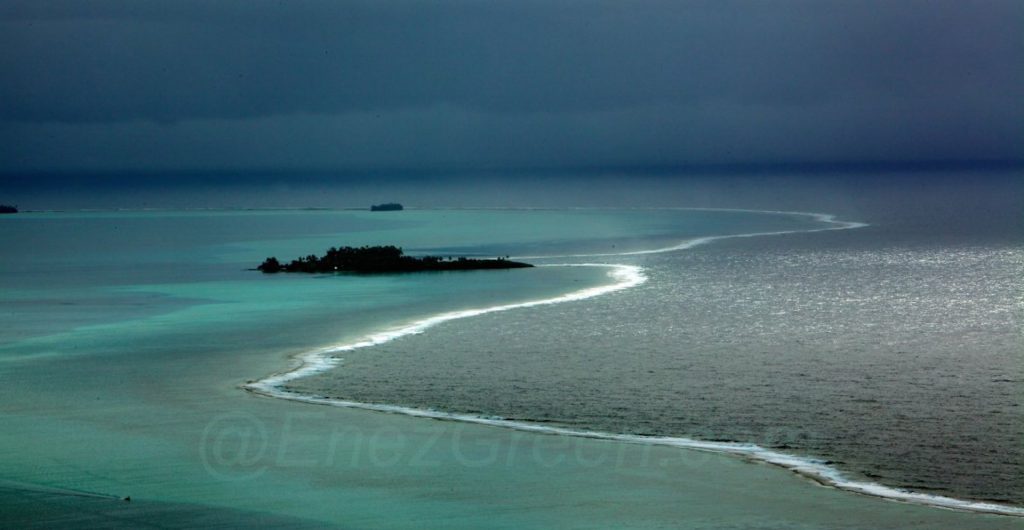The Pacific Islands hit by the consequences of global warming
The Pacific islands are responsible for only 0.03% of global carbon emissions, but because of their geographical and topological context, they are hard hit by the consequences of global warming.
“We want our worries, our sufferings, our hopes and concrete proposals agreed by the negotiators”, said the five countries and territories in the South Pacific after the summit Oceania 21, which was held this week Noumea.
Pacific leaders call a commitment “sincere, ambitious, long-term and binding”
In a common statement, named “Lifou Declaration”, calling for “an international revolution in the way the world is facing climate change” and which is the contribution of the region to Cop 21, the Pacific leaders demand a commitment “honest, ambitious, long-term and binding” on a limited global objective “to less than 2 degrees or 1.5”.
They also ask that the Paris conference allows them a better access to international funding and the provision of additional funds “to support actions implemented to deal with climate change.”
In return, PICTs undertake to develop “observing systems to improve monitoring and management” of these impacts and to develop “a common platform on traditional knowledge” related to resilience to hazards climate.
The knowledge of “old” invaluable to tackle climate change
“The Pacific populations living there for millennia, they have historically experienced natural disasters and have acquired a specific know-how to deal with it,” said David Sheppard, Executive Director of SPREP (South Pacific Regional Programme environment).
In these islands where customs remain strong, knowledge of “old” prove a valuable component, integrated with the implementation of public policies.
“In the Cook Islands, for example, for thousands of years, they have a traditional system to protect fish stocks by limiting or prohibiting taken at certain times of the year,” also M.Sheppard said.
The architecture of traditional housing is also designed to withstand cyclones while scientists expect an increase in the number of Category 5 phenomenon in the area.
Last March, Vanuatu, during the passage of powerful Hurricane Pam, which devastated the islands, residents life was saved after being refugees in “nakamals”.
These common houses of Melanesian tribes have a very low walls and roof, with highly poles driven into the ground.




